Lingwu Shuidonggou Tourist Area
Shuidonggou Ancient Human Culture Site is located in Shuidonggou Village, Linhe Town, Linwu City, Ningxia. It is 30 kilometers south of Lingwu City, 19 kilometers west of Yinchuan City, 11 kilometers away from Hedong Airport and 7.8 square kilometers north of Inner Mongolia. Shuidonggou area was a sacred place for human reproduction 30,000 years ago. In 1923, French paleontologists De Rijin and Sang Zhihua discovered prehistoric cultural sites here. Through excavation, a large number of stone tools and animal fossils were unearthed. As a result, Shuidonggou became the earliest paleo-human cultural site found in China. In 1988, it was announced by the State Council as the "National Key Cultural Relics Protection Unit" and known as the "birthplace of Chinese prehistoric archaeology".
brief introduction
Ningxia Shuidonggou Site Tourist Area is located in Linhe Town, Lingwu City, Ningxia. It is 19 kilometers west of Yinchuan City, 30 kilometers south of Lingwu City and 11 kilometers east of Hedong Airport. It is located in the core part of Yinchuan East Tourist Zone. It connects with Ordos City, Inner Mongolia, and is a link connecting Ningxia and Mongolia tourism, covering an area of 7.8 square kilometers.
Shuidonggou is the earliest Paleolithic cultural site excavated in China. It is known as the birthplace of Chinese Prehistoric Archaeology and the historical witness of cultural exchange between China and the West. It is a national key cultural relic protection unit, national AAAAA tourist attraction, national geological park. It has been listed as one of the 100 sites protected by the state as well as one of the "100 archaeological discoveries with the greatest significance of Chinese civilization". He was awarded the silver prize of "50 places in China that are most worth visiting by foreigners".
Shuidonggou site records the historical witness of ancient human reproduction and struggle with nature, and contains rich and precious prehistoric data. It shows people a picture of the survival of ancient human beings 30,000 years ago. It is the only Paleolithic site officially excavated in the Yellow River region in China so far. Over the past 80 years, more than 30,000 stone tools and 67 fossils of ancient animals have been unearthed in Shuidonggou after six archaeological excavations. Among them, some stone products, tools and techniques of making and repairing stone tools, which constitute the cultural foundation of Shuidonggou, can be comparable to those of Moster and Orena human habitats in Europe, West Asia and North Africa. Especially the large number of levaloua stone cores unearthed are similar to the shape of the ancient orina culture in Europe. Famous foreign archaeologists consider this phenomenon as the "assimilation effect of long-distance migration" of human beings. The culture represented by Shuidonggou Site plays an important role in explaining the origin of regional stone technology tradition, the excavation and variation of ancient culture, and the late renewal of human migration, diffusion and exchange in Northeast Asia. It is of great significance to the comparative study of eastern and Western cultures more than 30,000 years ago.
Shuidonggou area is also the Grand View Garden of the ancient Great Wall, beacons, castles, ditches, piers and abutments of the Ming Dynasty in northern China. Within the reserve, the winding East Great Wall, the towering piers, the primitive and mysterious castle, and the winding and deep ditches are all too dazzling to be seen. It is reminiscent of the magnificent scene of the time when "the armoured men rushed to battle with spears and the generals drew their swords to chase Hu soldiers".
Shuidonggou is located in the southern edge of Ordos Platform. The Yadan landform created by nature makes it full of vigorous and peculiar charm of barren valley. It has gone through millions of years of wind and sand erosion. There are more than 20 wonderful landscapes of earth forest, such as Devil City, Wo Camel Ridge, Sky Cliff, Clouded Valley, Tamarix Valley and so on, which make people desperate and strange. There are vast old heavenly wastes and remote sighs.
Over the past two years of development and construction, Shuidonggou tourist area has become a collection of tourism, scientific investigation, leisure and entertainment, military.
The beautiful scenery of the water tunnel ditch
The beautiful scenery of the water tunnel ditch (40 pieces)
Exploration as one of the tourist areas. With the opening of Shuidonggou Site Museum and Ningxia Great Wall Museum in 2009, Shuidonggou Scenic Area will add new highlights.
Shuidonggou tourist area will become the most cultural, potential and attractive high-quality tourist attraction in Ningxia.
Natural scenery
Shuidonggou tourist area has three kilometers long reed valley, reed swaying in the valley, walking along the path, intoxicated in the reed bushes, now a quiet mood. The lake covers an area of nearly 300,000 square meters. Four original ecological wooden bridges, two pavilions and hundreds of birds gather in reeds on the lake. Green lakes, crisp birds and beautiful pictures are good places for leisure and entertainment. It is rare to see the green ripples in Hongshan Lake, the cruise ships and the Great Wall along the waterfront. It is not interesting to see the magnificent ancient Great Wall on the cruise ships. When you have not yet stepped out of the fairy tale world of the woodland landscape, get off the boat and boarded the dock, and fall into a paradise, that is, Shazao Bay in the scenic area. Elaeagnus angustifolia var. angustifolia var. angustifolia var. angustifolia var. angustifolia var. angustifolia var. angustifolia var. angustifolia var
Shui Dong gou
Water Tunnel Gully (15)
When it opens, the fragrance makes you linger and forget to return.
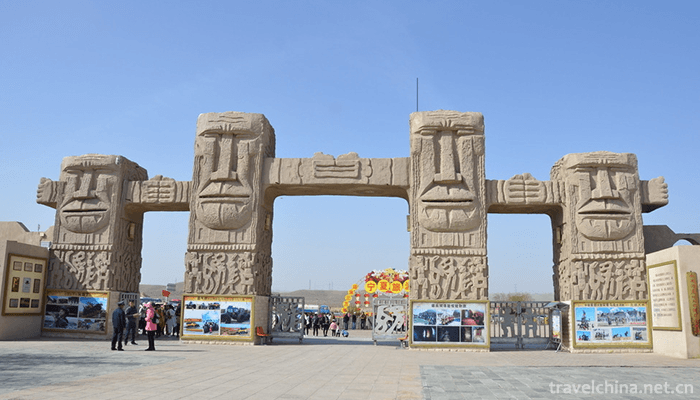
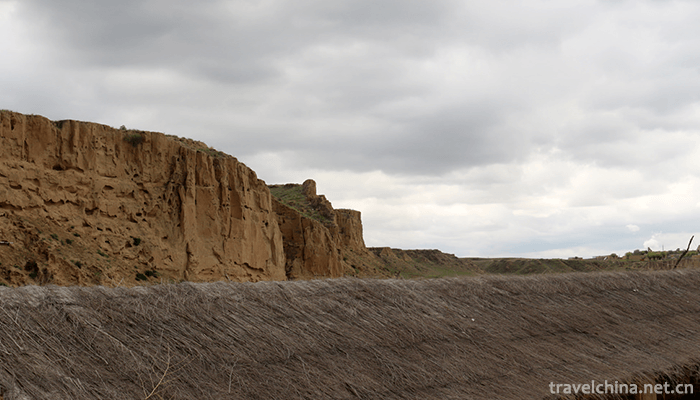
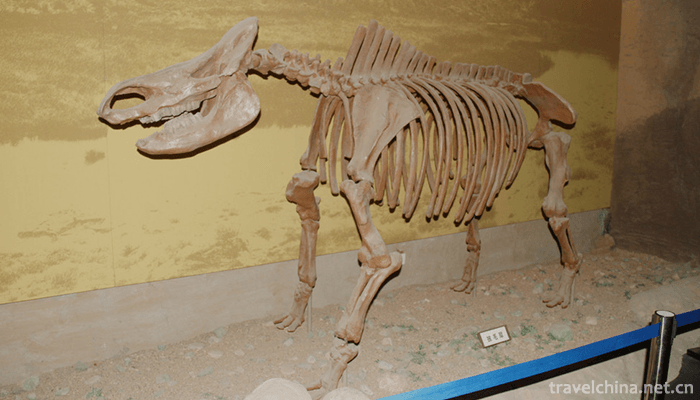
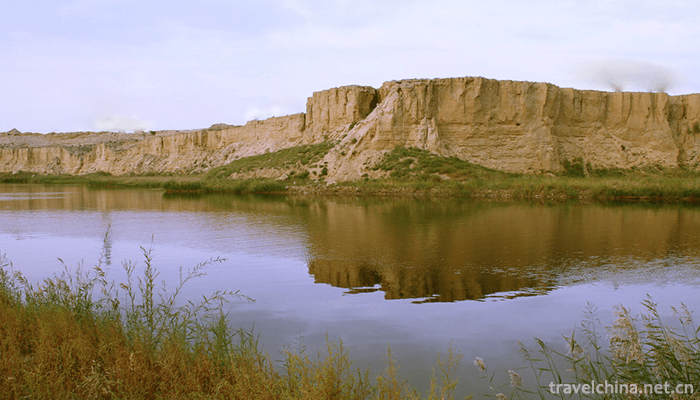
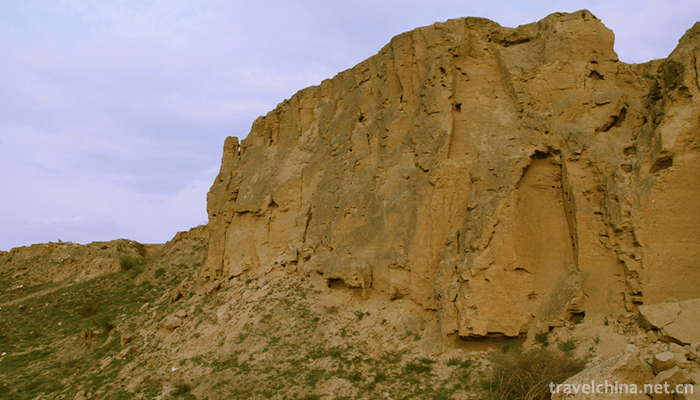
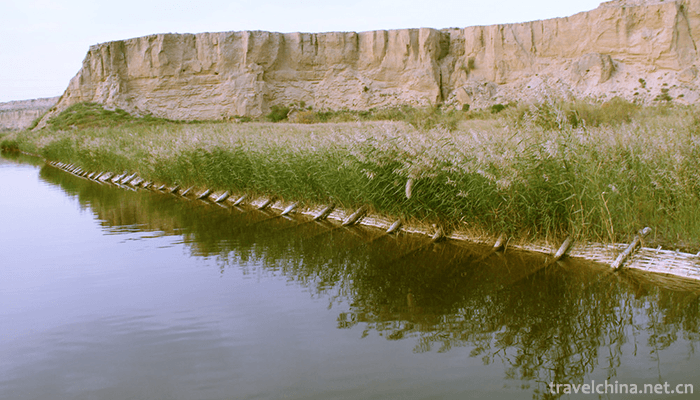
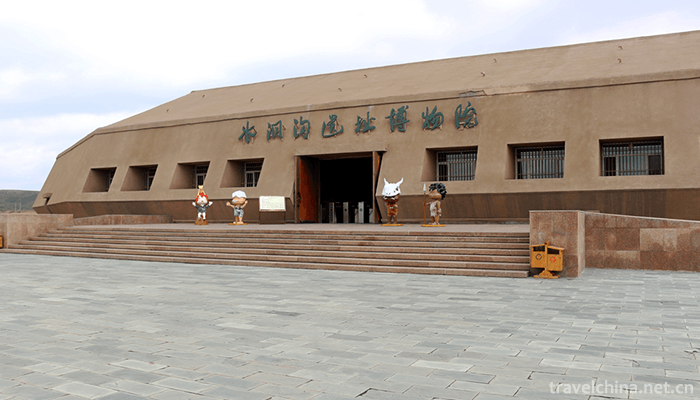
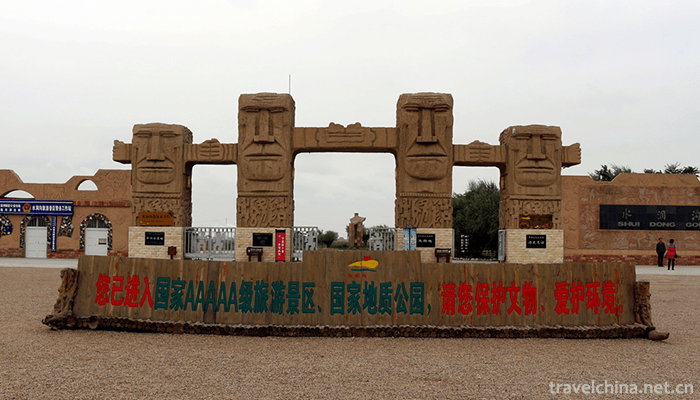
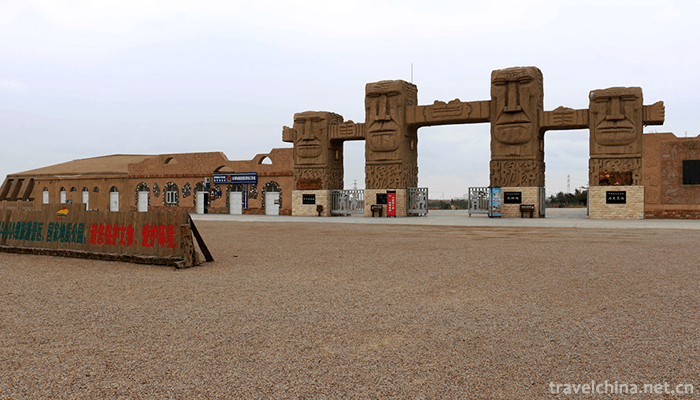
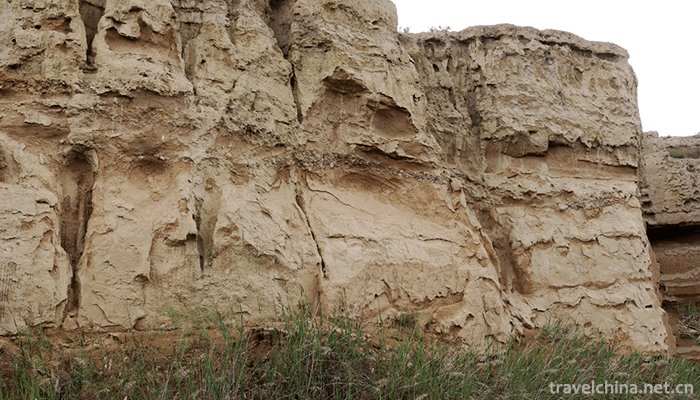
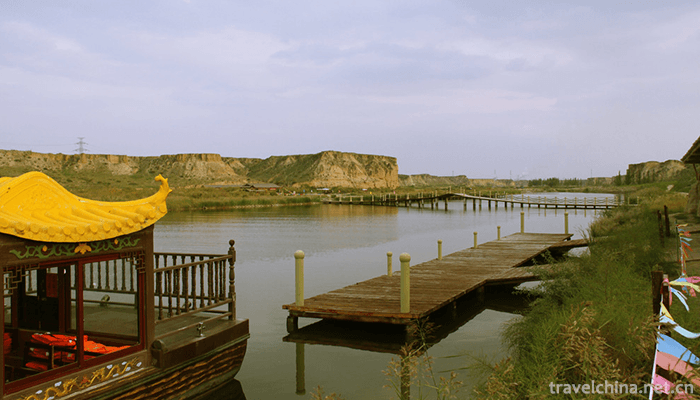

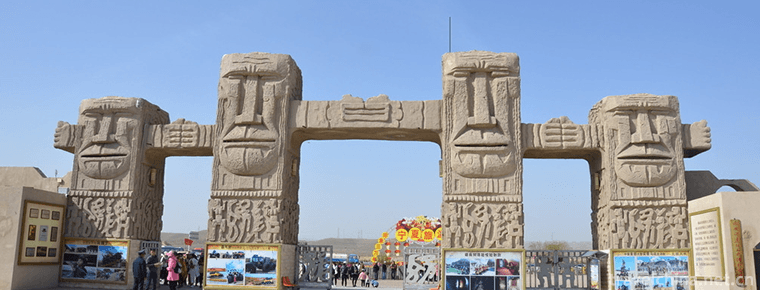
-
1.Yunnan Wildlife Park
Yunnan Wildlife Park is located in Qingshuihe Village, Fengyuan Road, Panlong District, Kunming City (beside Yunnan Forestry Department), 10 kilometers from the urban center of Kunming City
Time 2018-12-22 -
2.Liu Jiawan Chaihai Garden
Located on the eastern coast of Taolu Town, Donggang District, Rizhao City, Liujiawan Chaihai Garden is a national AAAA-level tourist attraction, a popular science education base, and a core scenic sp
Time 2018-12-26 -
3.Luzhou Laojiao Tourist Area
Luzhou Laojiao Tourist Area is located in Jiangyang District, Luzhou City, Sichuan Province. Its transportation is convenient. It is a tourist boutique created by Luzhou Laojiao Co., Ltd.
Time 2019-02-06 -
4.Muzhaling Luoyang
Located in Checun Town, Songxian County, Luoyang City, Henan Province, Luoyang Muzhaling is a National Nature Reserve of Funiu Mountain and a world geological park.
Time 2019-02-06 -
5.Lantern Dance
Lantern dance is a Chinese folk dance with a long history. It has been performed mainly on Lantern Festival for at least 1,000 years. Lantern dance originated from Lantern Festival and its production
Time 2019-04-26 -
6.Song Album
"Dongshan Song Book" was introduced from Chaozhou, Guangdong Province, in the Ming Dynasty. Its tunes were constantly changing in the singing of folk singers and gradually assimilated
Time 2019-04-30 -
7.Shu Brocade Weaving Techniques
Shu brocade weaving has a long history. The earliest written records were found in the reign of Huiwen King in the Spring and Autumn Period and Qin Dynasty. During the Warring States Period, Shu Broca
Time 2019-06-15 -
8.Mantis Boxing
Mantis boxing is one of the famous Chinese traditional Wushu schools, and it is a kind of hieroglyphic boxing. It is one of the four famous boxing in Shandong Province and one of the first nine school
Time 2019-06-18 -
9.Uygur traditional knife making skills
Xinjiang handicraft knives (Yingjisha knife, Guizi knife, etc.) are generally more than ten or twenty centimeters long. The largest is more than half a meter and the smallest is only about two inches.
Time 2019-06-26 -
10.Nightlight Cup Carving
The manufacture of luminous cup needs 28 complicated processes. First of all, we need to select the material, then make the blank according to a certain size to form the preliminary noctilucent cup. F
Time 2019-07-11 -
11.Yongxin Drum
Yongxin Xiaogu is one of the traditional operas in Ji'an City, Jiangxi Province, which originated from Taoism. Legend has it that it was formed in Yongxin, Jiangxi Province during the reign of Qingdao
Time 2019-07-14 -
12.Yibin cultural undertakings
By the end of 2019, there are 7 art performance groups, 2 art performance venues, 11 cultural centers, 186 cultural stations and 10 public libraries in Yibin cultural system. There are 1 provincial science and technology tourism demonstration base, 2 prov
Time 2020-12-18